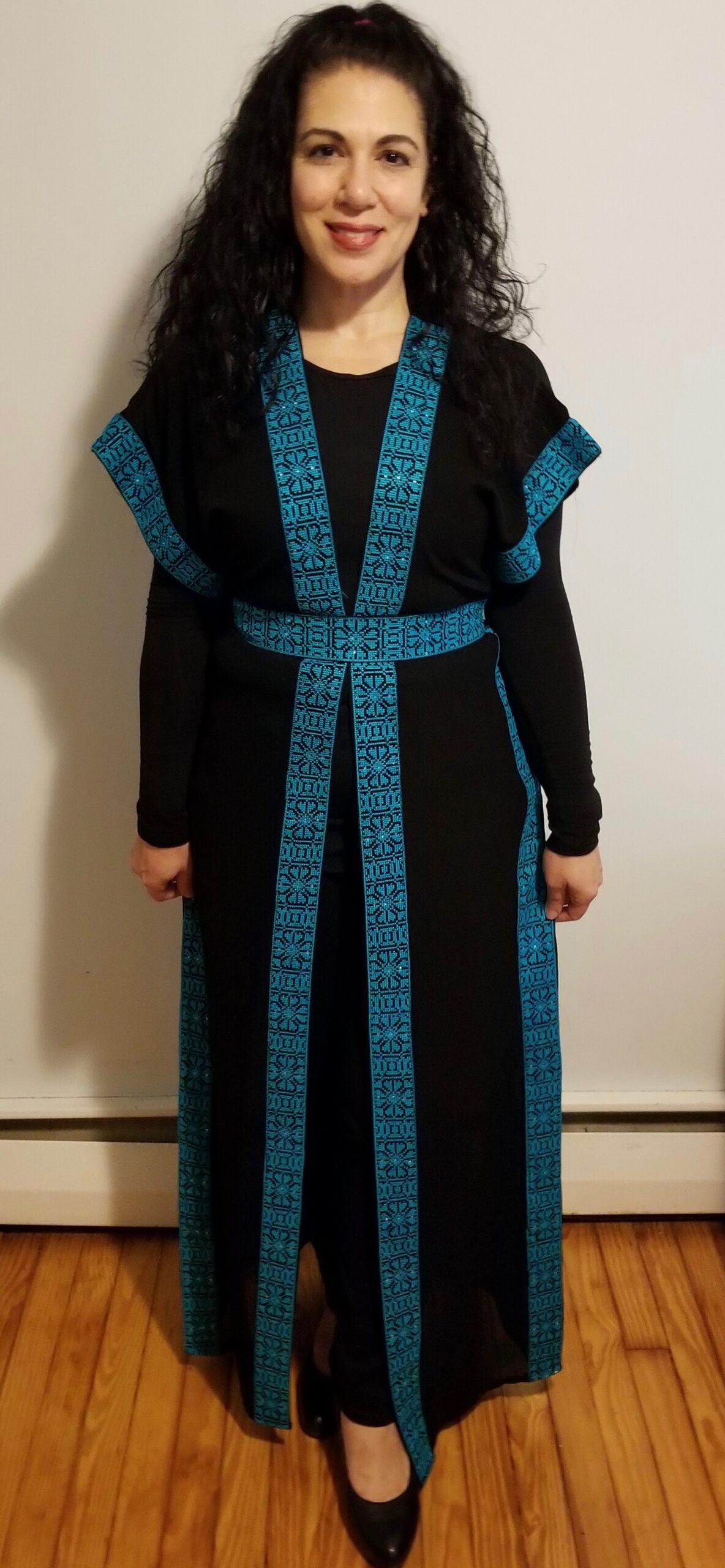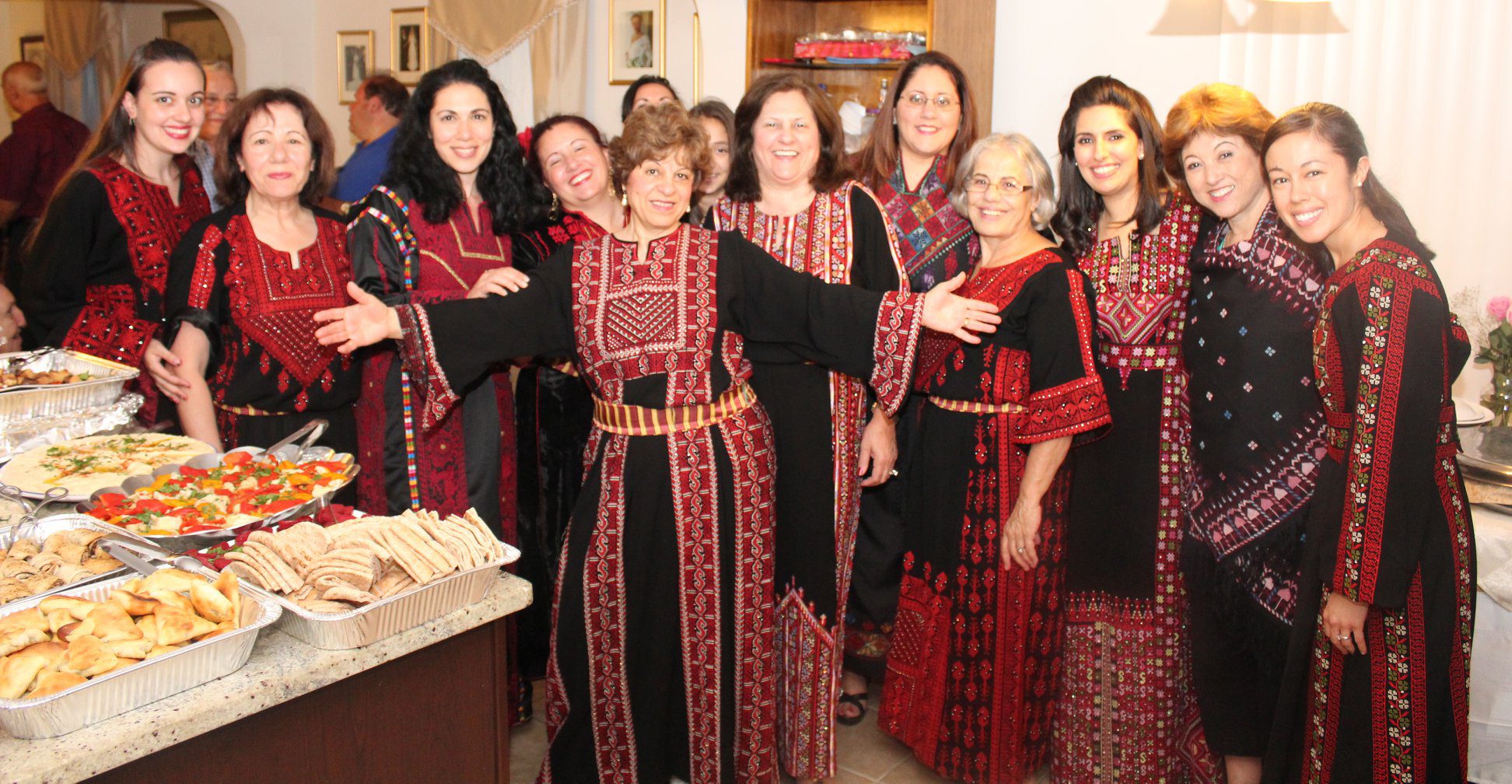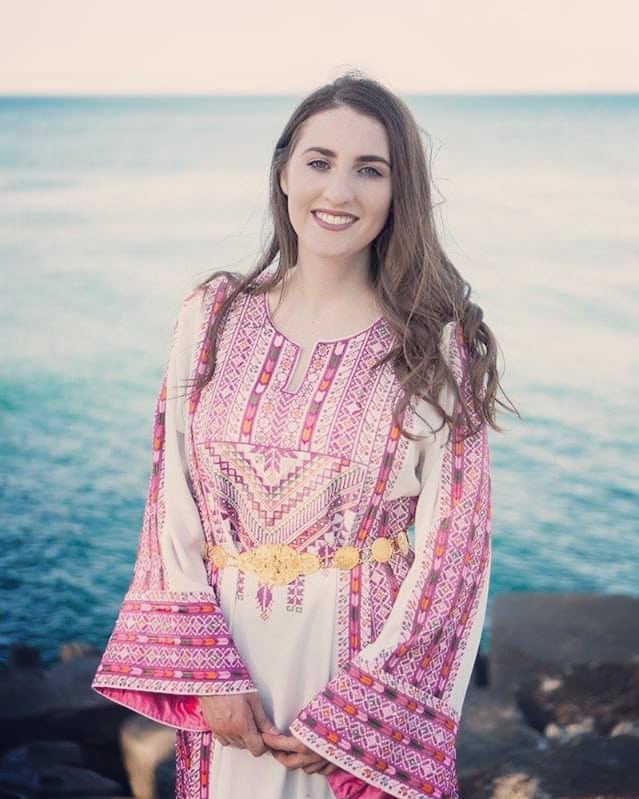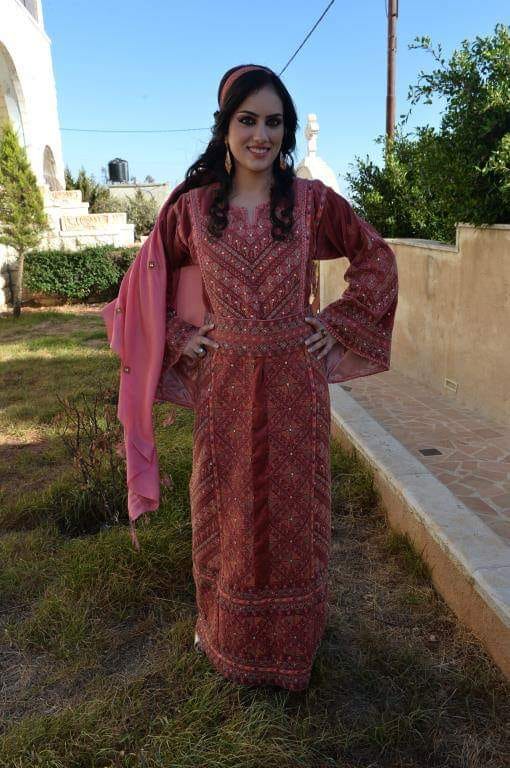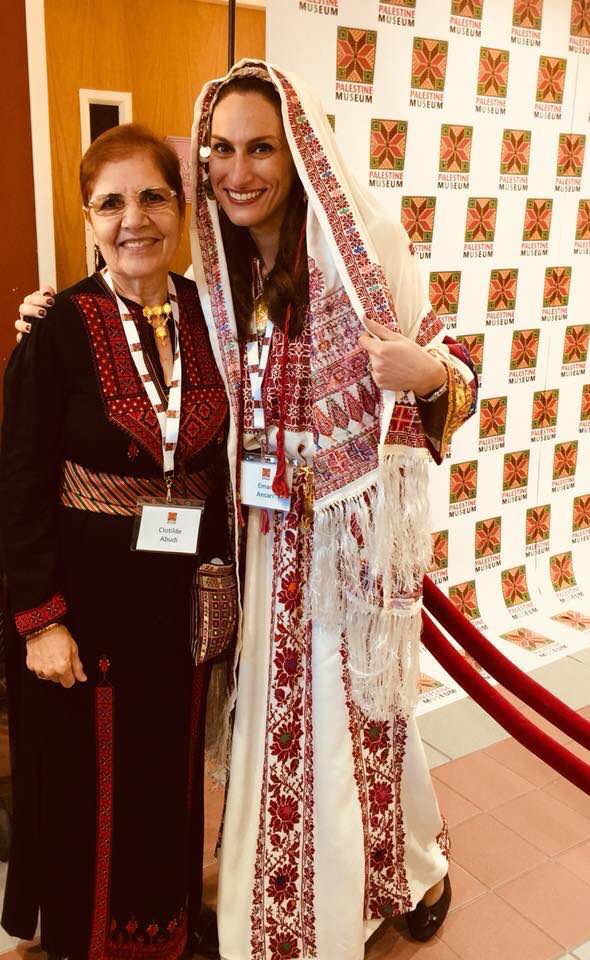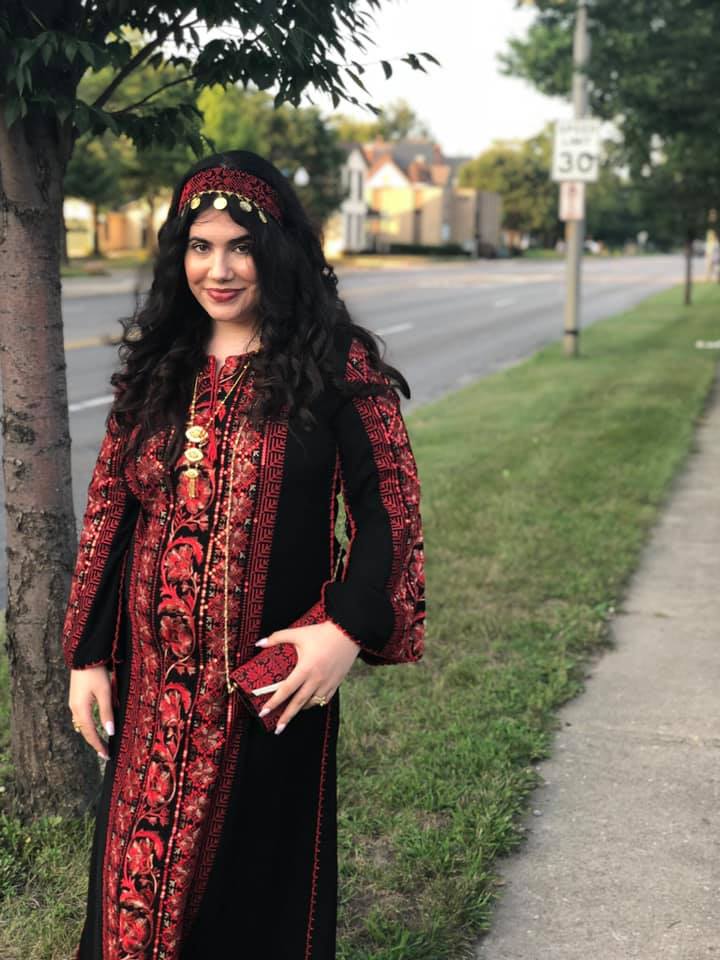My parents arrived in the United States in 1967—two years after America lost Malcolm, one year before it lost Martin. Newly landed immigrants, they did not realize then the debt they owed to the African American and Native American communities, who’d paved the road for all immigrants and people of color through centuries of civil rights activism.
They eventually did recognize this truth, and I was raised to acknowledge and appreciate that historical struggle for equality.
I owe another debt to African American literature, which anchored me when I encountered it as an unmoored, first-generation college student. June Jordan, Zora Neale Hurston, W. E. B. DuBois, Angela Davis—they reflected my feelings of being a stranger in a land that, despite my love for it, didn’t really want me.
The poem that has stayed with me the most, the one I enjoy teaching to my own students today, is “I, Too,” by Langston Hughes. You know it. The speaker compares America to a big family, referring to himself as “the darker brother,” forced to “eat in the kitchen.” He plans to eventually “be at the table,” when “nobody’ll dare” isolate him again.
“Besides,
They’ll see how beautiful I am
And be ashamed—I, too, am America.”
That phrase, “they’ll see how beautiful I am,” resonated with me, because discussing my Palestinian heritage had typically been a negative experience throughout my life. It only invited political debate, demands to prove how American I really was, or some other attack on my identity.
Examples: I have been told that Palestine doesn’t exist. That I am really Jordanian. That Palestinians are terrorists. That “my kind” hate women and reject democracy. I have been asked my opinion of Sharia law. Do I condemn suicide bombings? How can I possibly be a Palestinian and a Christian? Did I convert? (I’ll admit I have fun pointing out the locations of Nazareth and Bethlehem.)
These conversations were not shouting matches—they occurred mostly over coffee with a friend, in a college classroom, while watching a baseball game. These were not full-scale attacks, but pinpricks, often unexpected, from people who purported to like me. They smiled as they spoke, then took another sip of their latte, closed their textbook and headed to their next class, stood up for the seventh inning stretch.
If they could only see.
#TweetYourThobe, which went viral early this month, was born of a desire to make American see the beauty of Palestinian culture.
I’d heard that Rashida Tlaib, D-Rep. Michigan, was planning to wear her thobe to her swearing-in ceremony. I was thrilled. It seemed like a perfectly appropriate choice, especially if you grew up like me. We wear our thobes to special events—baptisms, weddings, graduations. We cherish these dresses, because our grandmothers made them, our mothers explained the stories coded into the tatreez, the embroidered symbols.
However, the backlash on social media was swift and harsh. The general message? Tlaib’s thobe was “un-American.” They said, “She’s supposed to represent America, not Palestine!” They said, “Go back to Palestine if you can’t assimilate.” They said, “Would a Scottish American wear a kilt to his induction?” (Actually, I have zero problem with that — it would be delightful.)
My initial enthusiasm deflated, I wondered why Tlaib couldn’t embroider both cultures into that moment? Why did she have to be either/or? We’ve seen cultural heritage displayed before in the halls of Congress—for example, many politicians wear green and bellow “Top of the morning to ya!” on St. Patrick’s Day, We dig it (even though I’m pretty sure people in Ireland don’t really speak like that).
I wanted to celebrate with Tlaib, as well as educate others aboout the garment she was wearing and its cultural legacy.
And, my mischievous side thought, Well, if ONE woman in a thobe upsets the haters, I’m gonna show them THOUSANDS.
The hashtag I created, #TweetYourThobe, combined a description of the event with an instruction of what participants should do: post pictures of themselves in their thobes, at their own special events, to normalize it. I initially floated the idea on Twitter, but got some backlash myself—of the Sharia/unAmerican/terrorist variety. Thobes somehow insulted Americans serving in the military. Did I know this was a Christian country? One person even accused me of supporting FGM (female genital mutilation).
I thought, Jeez, I’m just talking about a dress. Why was everyone policing women’s clothing? I mean, if I wanted my clothing to be controversial, I’d wear a Yankees jersey to an Orioles game (just kidding: I’d never, under any circumstances, wear a Yankees jersey).
Clearly, #TweetYourThobe needed a safe place to gestate, so I started a private Facebook event and invited three hundred friends, allowing the them to invite whomever they wanted. The invitee list slowly grew, over ten days, to over eight thousand members.
Then, on January 3, we staged a fashion show that went viral.
I posted a picture of myself in a thobe around 5:30 a.m. Soon, I saw pictures of women and girls in thobes filling up my Twitter, Facebook, and Instagram feeds. Friends at the Institute for Middle East Understanding helped me amplify by reposting and retweeting, as well as by sharing helpful articles about the history and meaning of tatreez. By 10 a.m., people were noticing. Rebecca Vilkomerson, director of Jewish Voice for Peace, tweeted, “For an uplifting morning, follow #TweetYourThobe. Palestinian women are posting pictures in their thobes in honor of @RashidaTlaib, wearing one to inauguration as first Palestinian-American woman in Congress.”
By midday, the newspapers started calling. #TweetYourThobe was trending in a big way: reports stated that Palestinian Americans were “flooding” social media with pictures of themselves and their families and friends wearing thobes in celebration. Others said that we were “blowing up” Twitter with our photos on all the major social media platforms (Side note: Please don’t compliment Arab Americans by telling that we’re blowing things up. Yes, you had good intentions, but just don’t.)
The reactions to the pictures, as well as the accompanying stories, were uplifting. One woman proudly wore a thobe that was over one hundred years old, explaining that it had been stitched by her great-grandmother. Several people posted pictures of their older relatives, who passed years ago, wearing thobes, explaining that “Sitti (grandmother) would have wanted to be part of this.” One user named Lana, posted an especially touching picture of herself wearing an older thobe, stating simply, “It smells like grandma, I miss her.”
Thobes are distinct because of the tatreez, or embroidery, that decorates them. They are hand-stitched carefully, by mamas, aunties, and sittis, with symbols that depict the wearer’s family, her village, the natural elements in her region. The many colors and designs are stunning, a precious expression of women’s indigenous art and storytelling culture.
The responses to #TweetYourThobe have been tremendously moving. Palestinians in this country are ecstatic to share their culture in a receptive, welcoming environment. One woman said she is a seventy-year-old Palestinian American woman who never thought she’d be able to express her culture with such pride in her lifetime. Many participants happily posted pictures on behalf of their mamas, aunties, and sittis who didn’t use “Tweeter.”
In a country where Palestinians are so misrepresented, such authentic self-representation is a gift. For once, Palestinian Americans are saying, we get to show what we’re really about.
It was wonderfully validating to hear reporters, during interviews, admit to me how much they loved scrolling through the pictures. I have been most moved by the responses of non-Palestinians and non-Arabs who connected with the thobes as a form of artwork, as an expression of love between mothers and daughters, and as a symbol of cultural pride. Thobes have been compared to tartans, to quilts, to other textiles that tell a story—yes, yes, and yes.
Our fashion show lasted, like a Palestinian wedding, for three days. The event was covered favorably by the New York Times, CNN, Business Insider, NPR’s Weekend Edition, Al Jazeera, as well as numerous other national and international media outlets. Now, in addition to being a novelist and professor, I am apparently a “Twitter storm hostess.” My sitti would never believe that I threw a huge party for which I didn’t have to cook a thing.
I am grateful to the civil rights activists who fought for centuries to make America more welcoming for everyone. Things are changing, slowly. Our Congress is finally starting to look more like our country. I am especially thrilled about the election of our first two Native American sisters to the House of Representatives.
Langston, I am finally at the table, eating with everyone. They don’t all know yet that I am beautiful, but they will. They’re starting to see.
***
Photographs provided courtesy of author.

